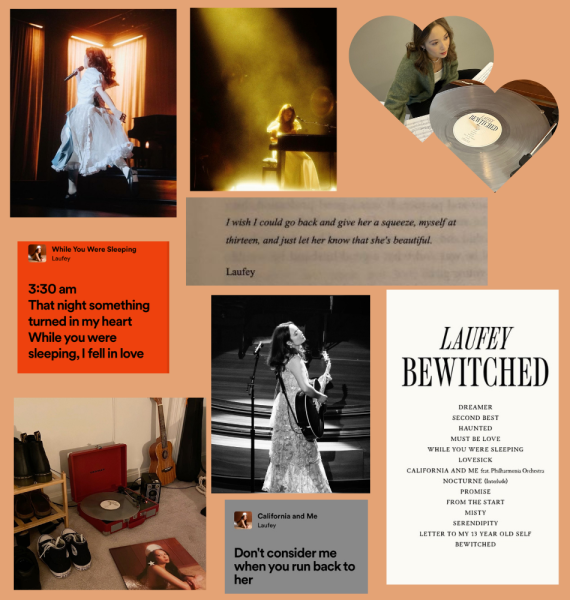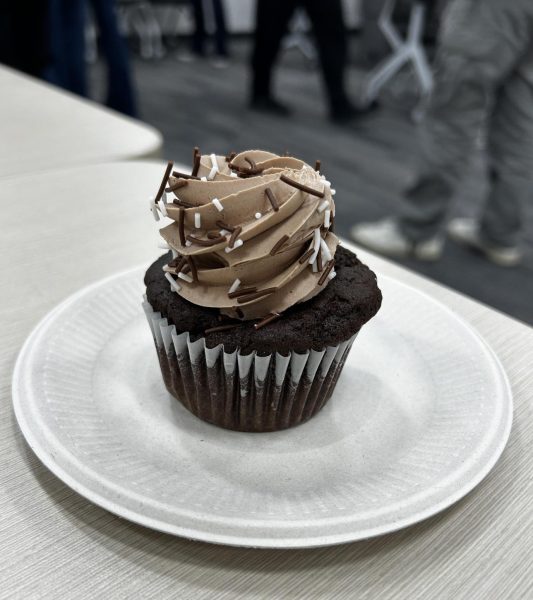Club Spotlight: From Paper to 3-D Creations in Origami Club
Origami Club members embrace handmade art through the form of paper folding
Origami club members competed against each other for who could fit the most origami balloons onto the houses they made.
February 13, 2022
Pulling out a sheet of paper from a multicolored stack, Jessica Surjadi (10) marks the surface by thirds before folding it into the middle on both sides. Her eyes focused in concentration, she uses her forefinger to guide the fold into place. Around her, several others are following similar techniques, gradually molding the folds into a distinguishable shape.
One year ago, Surjadi scrolled through her YouTube feed, looking for a source of entertainment to keep her busy during the pandemic. Stumbling upon a video tutorial explaining how to make a simple crane, she started to fall in love with origami. As she continued to practice and improve her skills, she began to take on more complex projects such as 3-D dragons or herringbone tessellations, reveling in each step of the process to create a finished product that can be used in a variety of ways.
“[I appreciate] the fact that you get to learn how to make new things and then understand every single step of the process. And once you complete it, you have a new creation, and your decorations can make, for example, ornaments around the house,” Surjadi said.
She started making plans to create an origami club soon after, and within a few weeks, she recruited Chinese teacher Ms. Guo Lin to advise the club, along with several other officers and club members, an experience that propelled her desire to teach others the art of origami.
“[I hope] that the members are happy and that they enjoy their time building origami and learning about different things. I want them to be able to walk out of the door and be able to tell people about it,” Surjadi said. “I want them to be able to feel proud that they learned something new today.”
Similarly, club officers Evelyn Le (10) and Veanna Au (10) have found a paralleled solace in origami and decided to participate in the club, which has opened their eyes to the community aspect of origami.
I feel like when a lot of people think of Origami Club, they think of it as a fun, almost useless arts and crafts. But I think that collaboration showed that origami can be used for good. It can be used to bring people joy like what we did for the psychiatric patients.
— Veanna Au (10)
“I love the fact that every time we have a meeting, I get to meet new people who do origami with us,” Au (10) said. “Origami is an activity where you can [talk to others], and it really inspires conversation. I love the conversations I get to have with my members when we’re doing origami.”
One of the lessons that origami has taught Au is resilience. She compares the frustration of folding paper to the struggles she experiences in her own life and the final product to the satisfaction she feels after completing a difficult task that she stuck with.
“When you keep on creasing folds or when you keep on pressing the paper over and over again, the paper obviously gets really hard to work with. A lot of times, I’ll take a new paper and start over. Most of the time that does do the trick, and I’ll have learned new stuff,” she said.
Club officer Le, on the other hand, discovered origami in elementary school and found her creations to be useful as gifts for others, no matter the occasion.
“One of the best parts of origami for me is probably making it and showing people, ‘Hey, look at this thing that I made.’ And they’re like, ‘Oh wow, that’s so great,’” Le said. “And then I give it to people, and they like it.”
For Le, part of the satisfaction that she finds from origami stems from symmetrical patterns that are pleasing to the eye. The cuteness of simple animals, the patterns of the petals on flowers, and the way the folds come together to produce something that is both symmetrical and beautiful appeals to her.
“Origami has probably made me more artistic because I understand how the different shapes can come together to make something really pretty,” she said. “With butterflies, you start with a triangle, and you just move a couple parts, but they look so nice because I can just start off with a little square.”
Among the other benefits that come with origami, Surjadi cites analytical and geometric skills that are learned, the fact that the craft is hands-on, and its use as homemade household decorations or gifts for others who might enjoy it. Among the events that were the most memorable, club officers mentioned Origami Club’s collaboration with Proactive Minds, in which members made origami along with cards to donate to patients in a psychiatric center, and the balloon house contest, in which members competed to see who could fit the most origami balloons onto their origami houses.
Back in the classroom that holds Origami Club meetings, the members sit back and congratulate each other as they finish their origami projects. The result of half an hour’s worth of work lies in front of their eyes, but to them, origami means more than simply folding a piece of paper. To them, it means much more than an arts and crafts practice. It’s a form of symmetry, a gift in disguise, an activity that bonds them together, a piece of art that will brighten someone’s day. Through their work, Origami Club hopes to show the different layers beneath the surface of origami.
Au states about the club’s past collaboration with Proactive Minds, “I feel like when a lot of people think of Origami Club, they think of it as like a fun, almost useless arts and crafts. But I think that collaboration showed that origami can be used for good. It can be used to bring people joy like what we did for the psychiatric patients.”

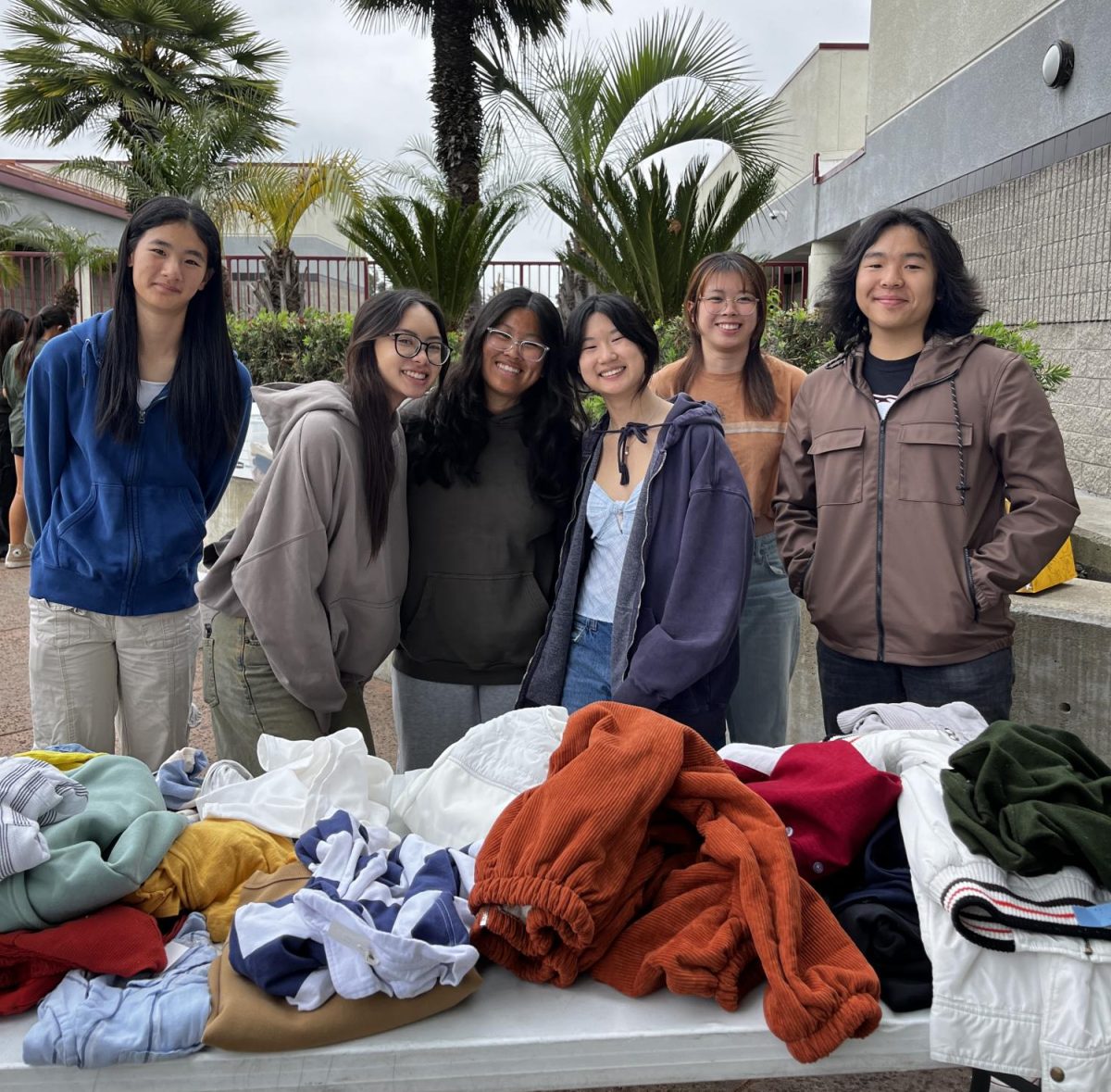
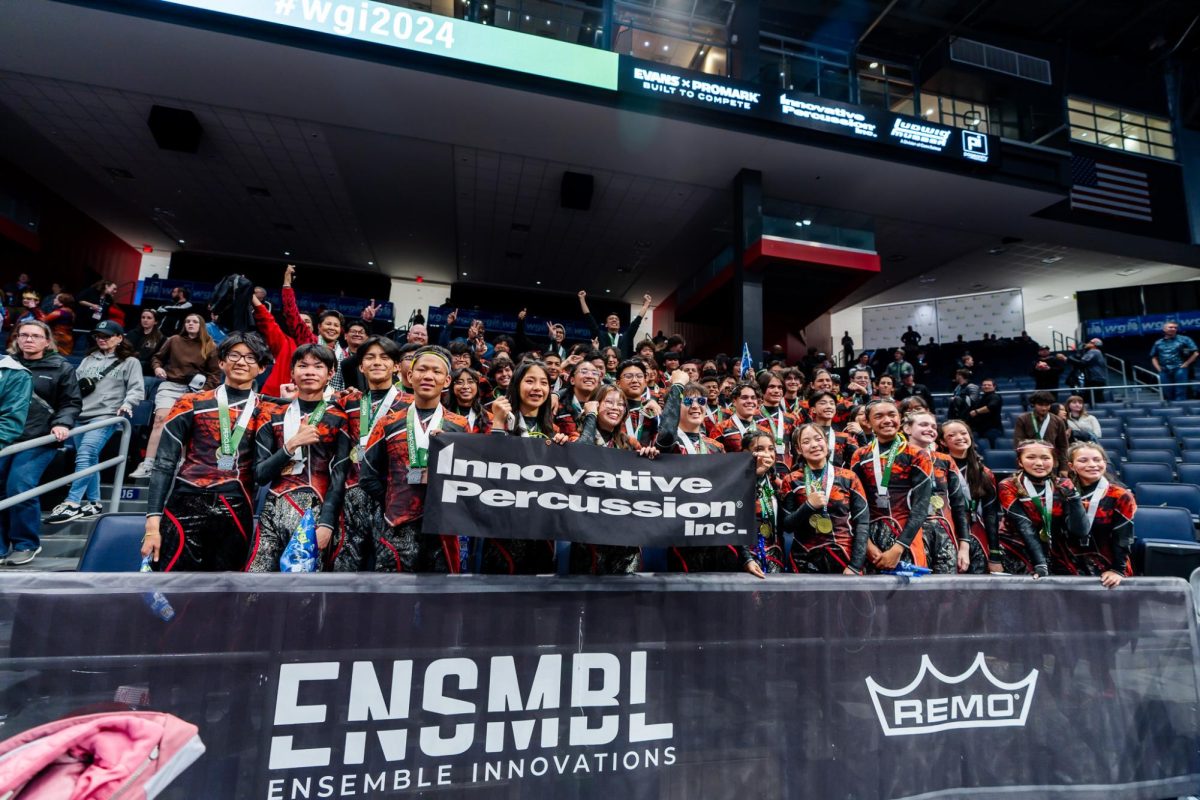

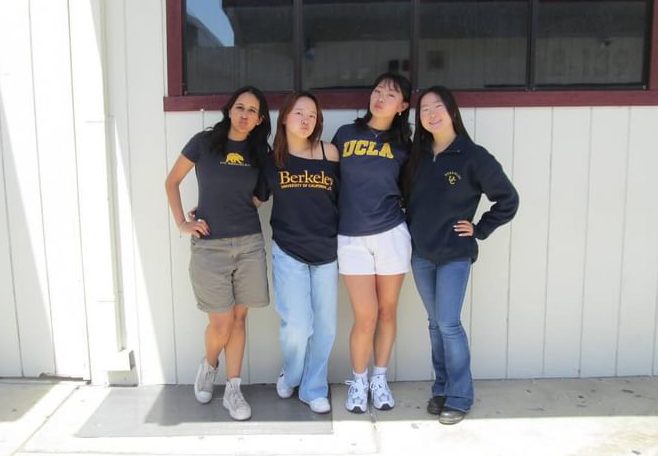




![[Photo Essay] What are the Bulldogs most used apps?](https://ayalabulldogtimes.org/wp-content/uploads/2024/05/Untitled_Artwork-23-1200x882.png)
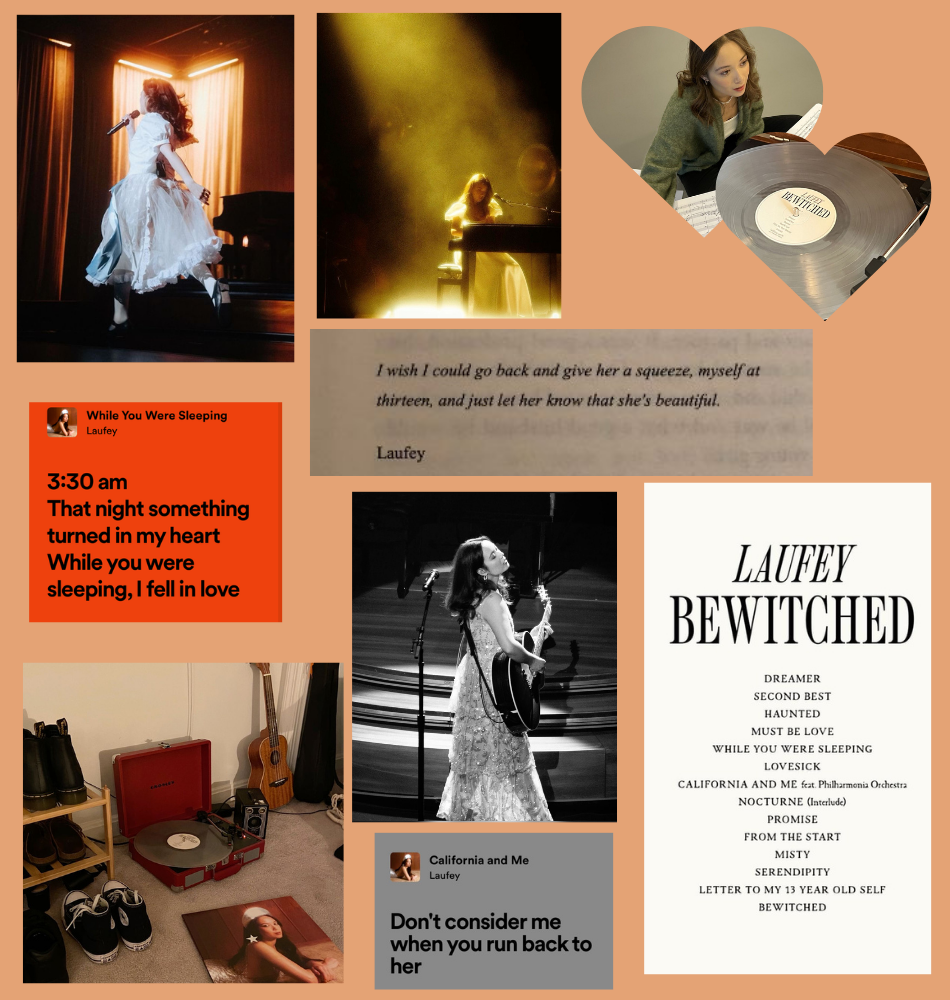







![Khalea Turningan has recently signed with the University of La Verne, to continue playing soccer after she graduates from Ayala. “Ive enjoyed [soccer] so much that I committed,” Turnigan said.](https://ayalabulldogtimes.org/wp-content/uploads/2024/02/Screenshot_20240201_122135_Instagram.jpg)
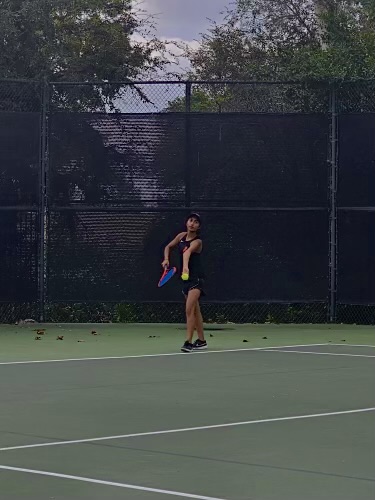








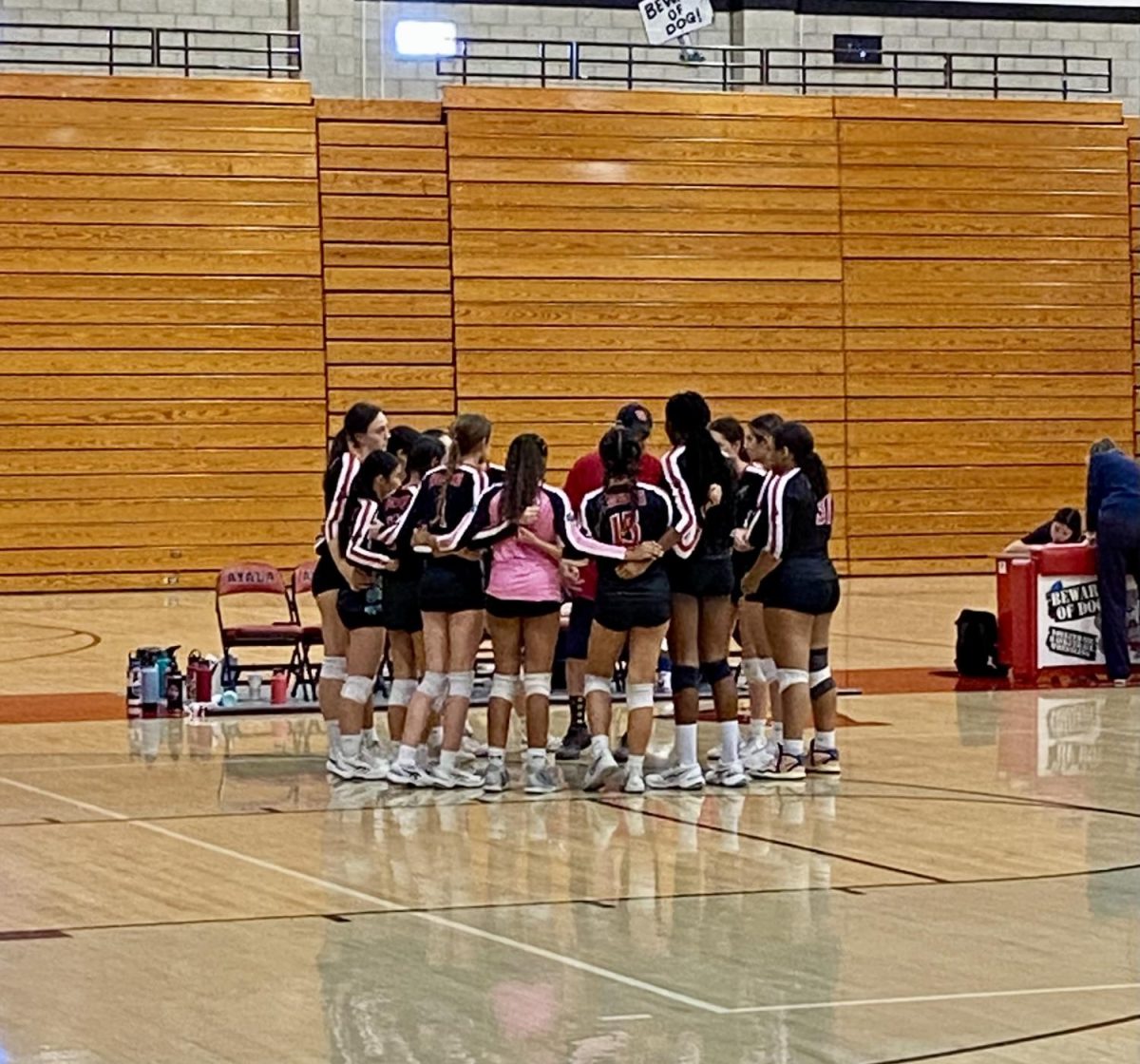
![Girls golf team at Glendora Country Club after their victory against Glendora High School. [From left] Lin Xu (9), Elisabeth lee (10), Eva Alcantara (10), Julie Zhao (9), Madison Soong (10), Priya Devine (10), Rachel Lee (9), Bella Campagna (12), Malaya Csupak (12), Julianna Limchu (12), Kailyn Dang (11), Hannah Reyes (11).](https://ayalabulldogtimes.org/wp-content/uploads/2023/11/IMG_6906-e1699247144815-1200x871.jpeg)















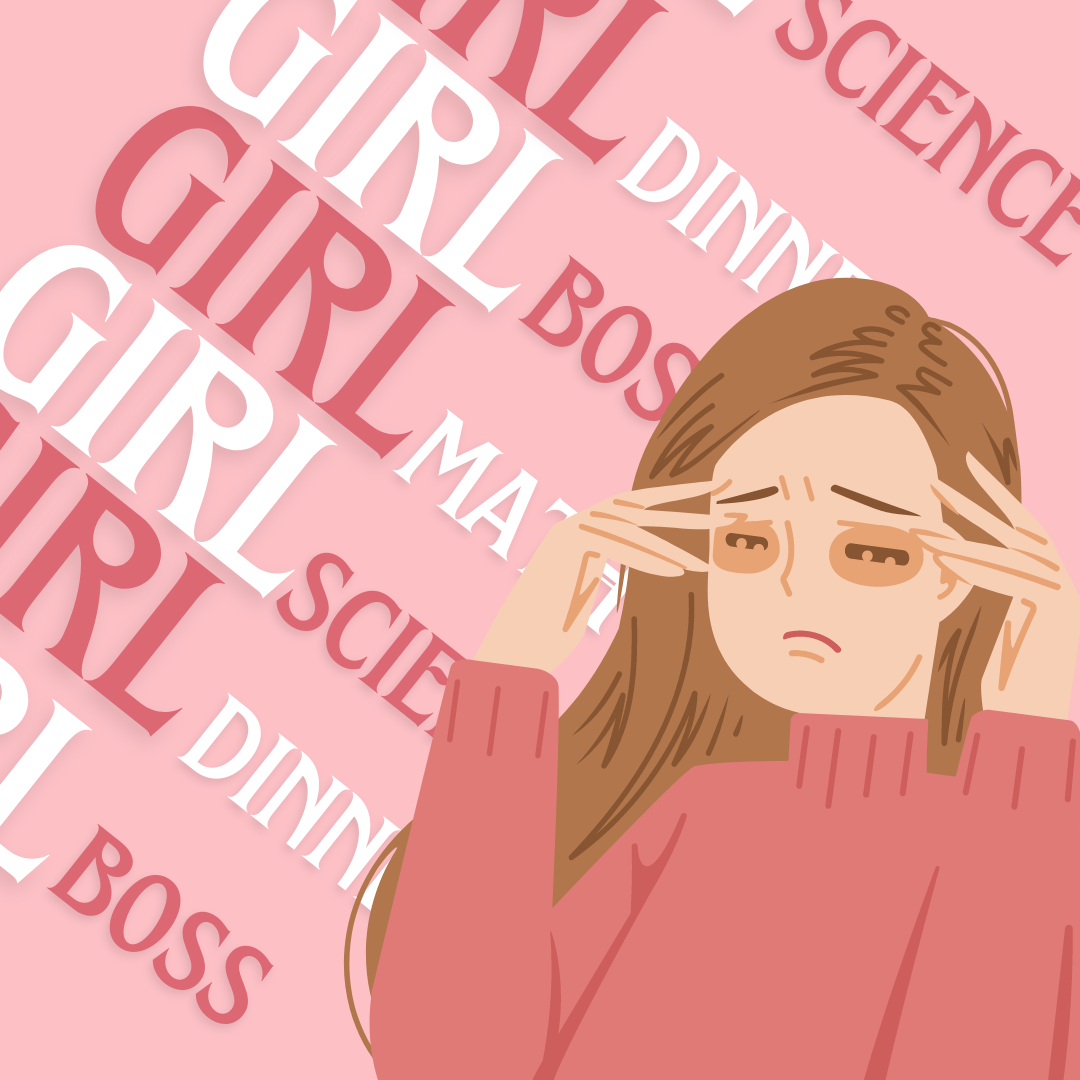
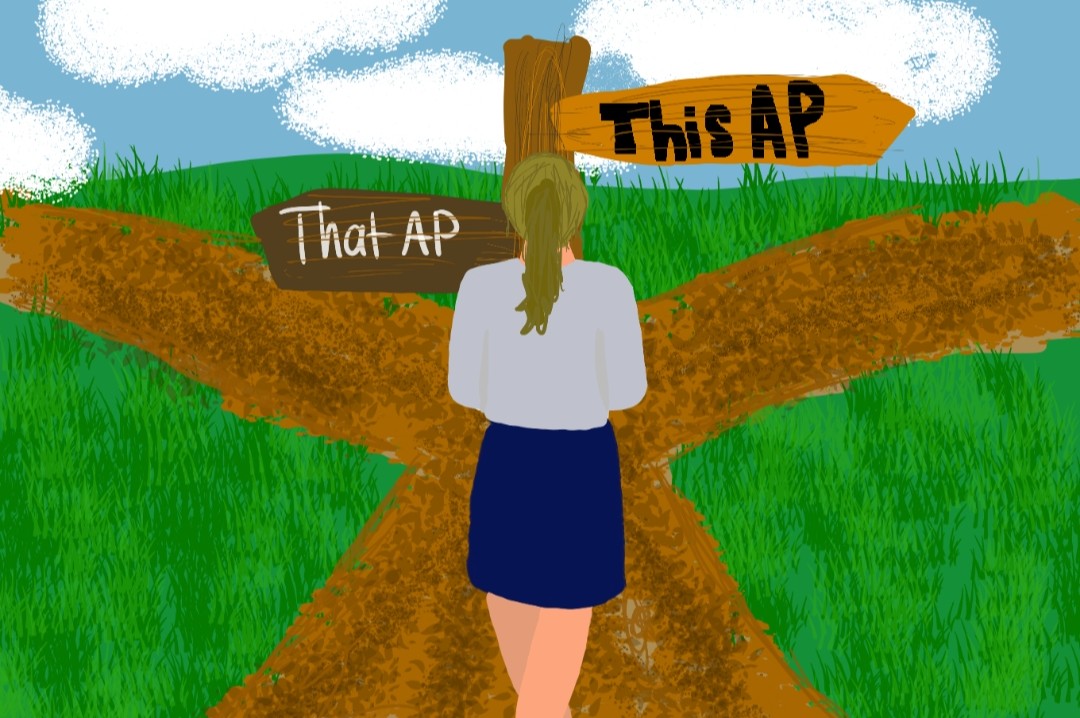
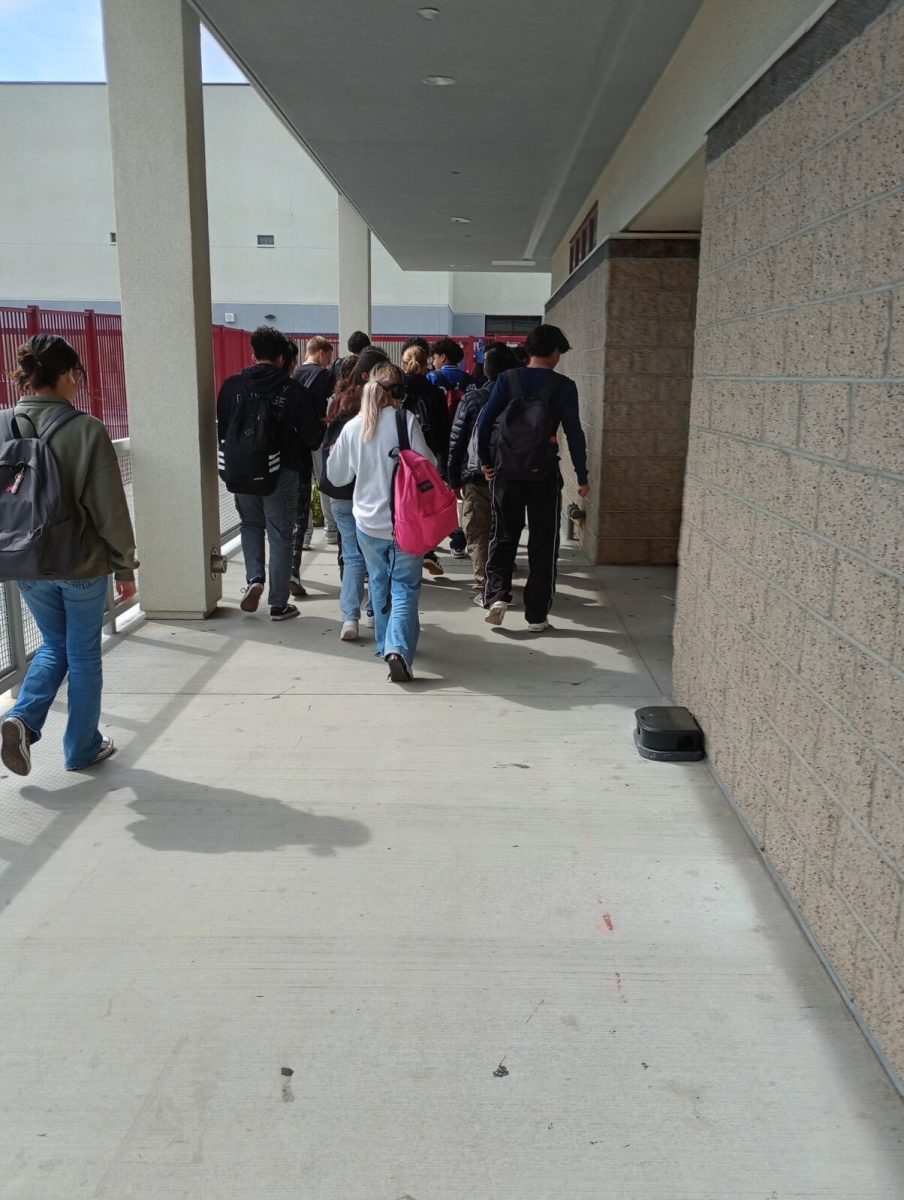
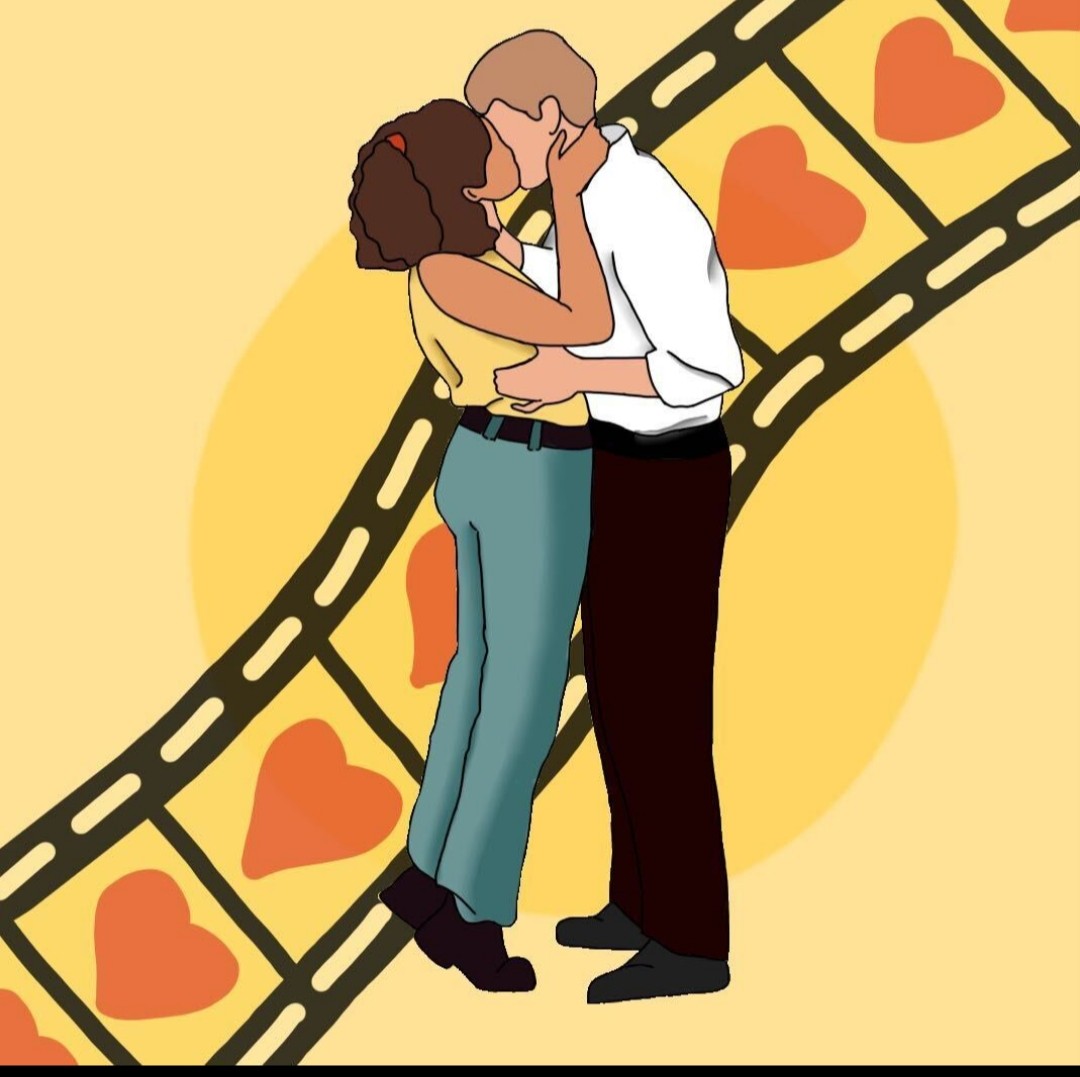
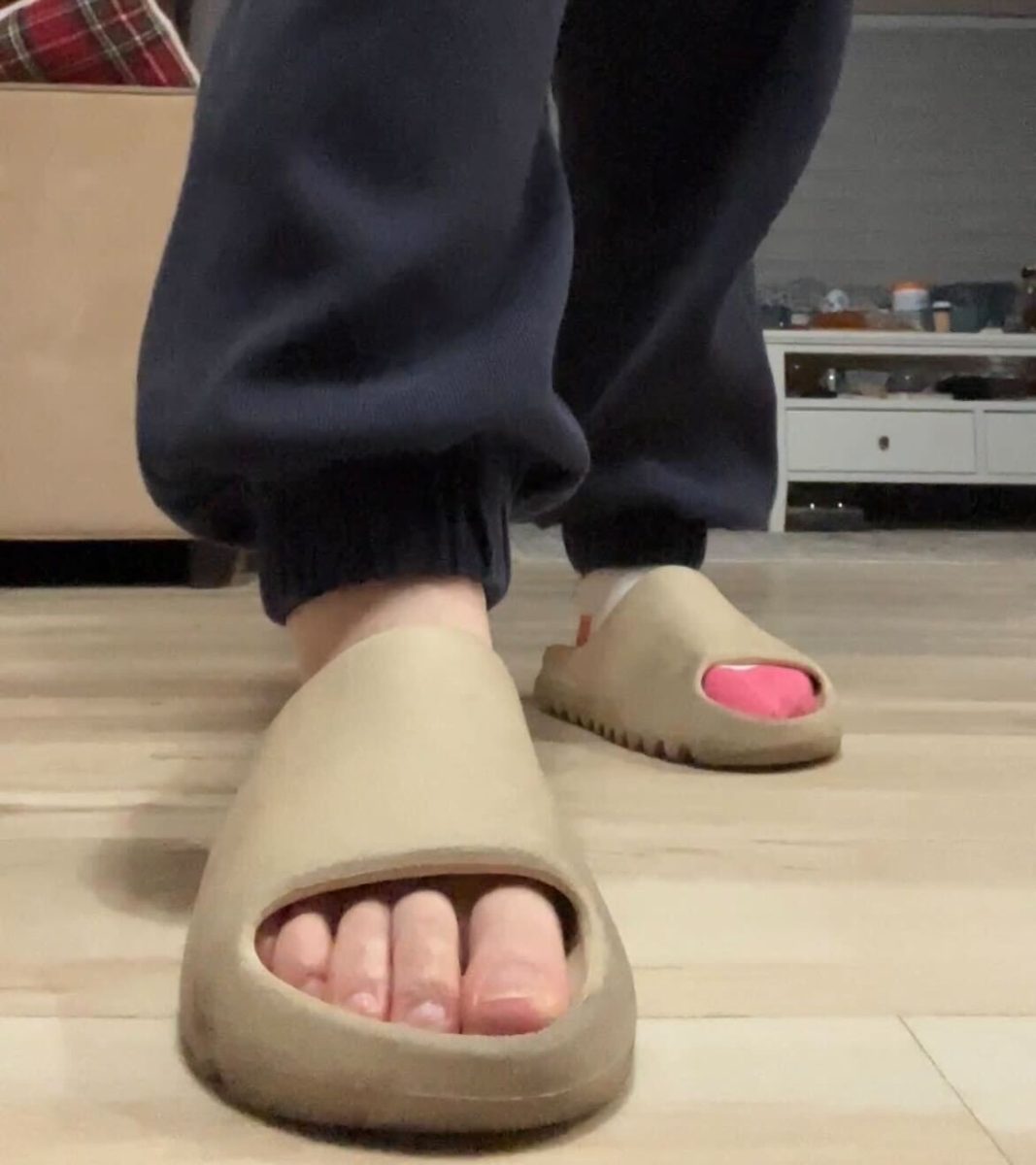
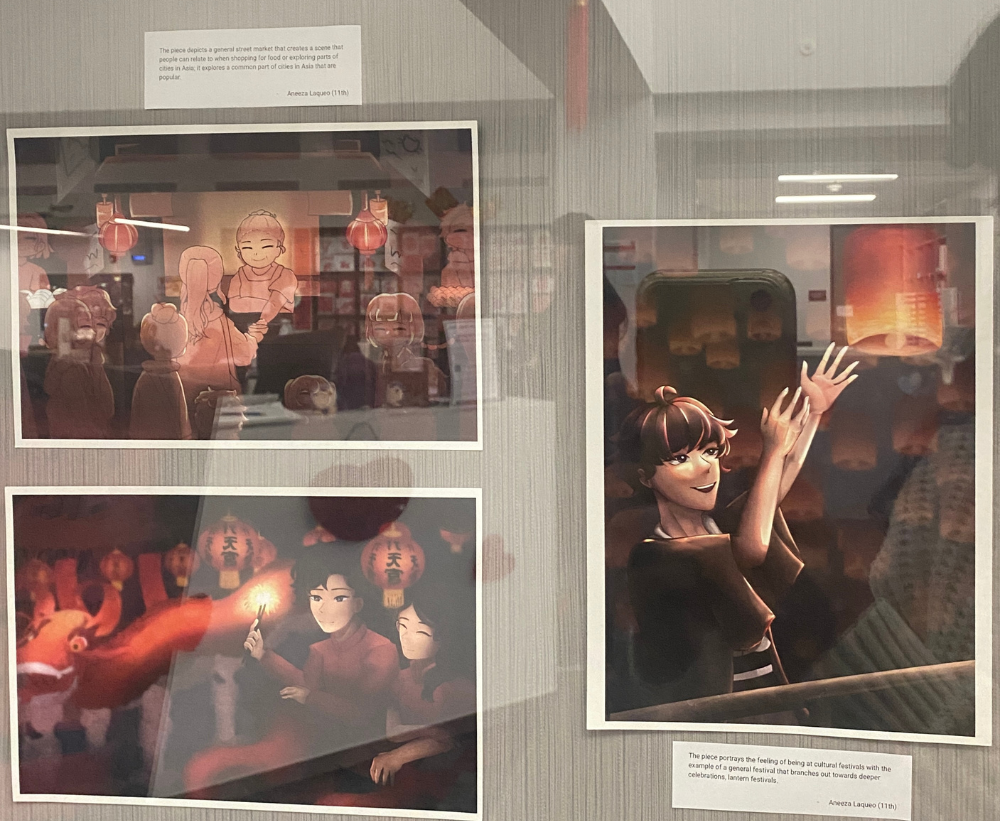


![[Valentines Writing Comp 24] How Dare You?](https://ayalabulldogtimes.org/wp-content/uploads/2024/03/IMG_1687-1200x794.png)
![[Valentines Writing Comp 24] Roses and Violets: A Modern Love Letter](https://ayalabulldogtimes.org/wp-content/uploads/2024/03/IMG_1686.png)



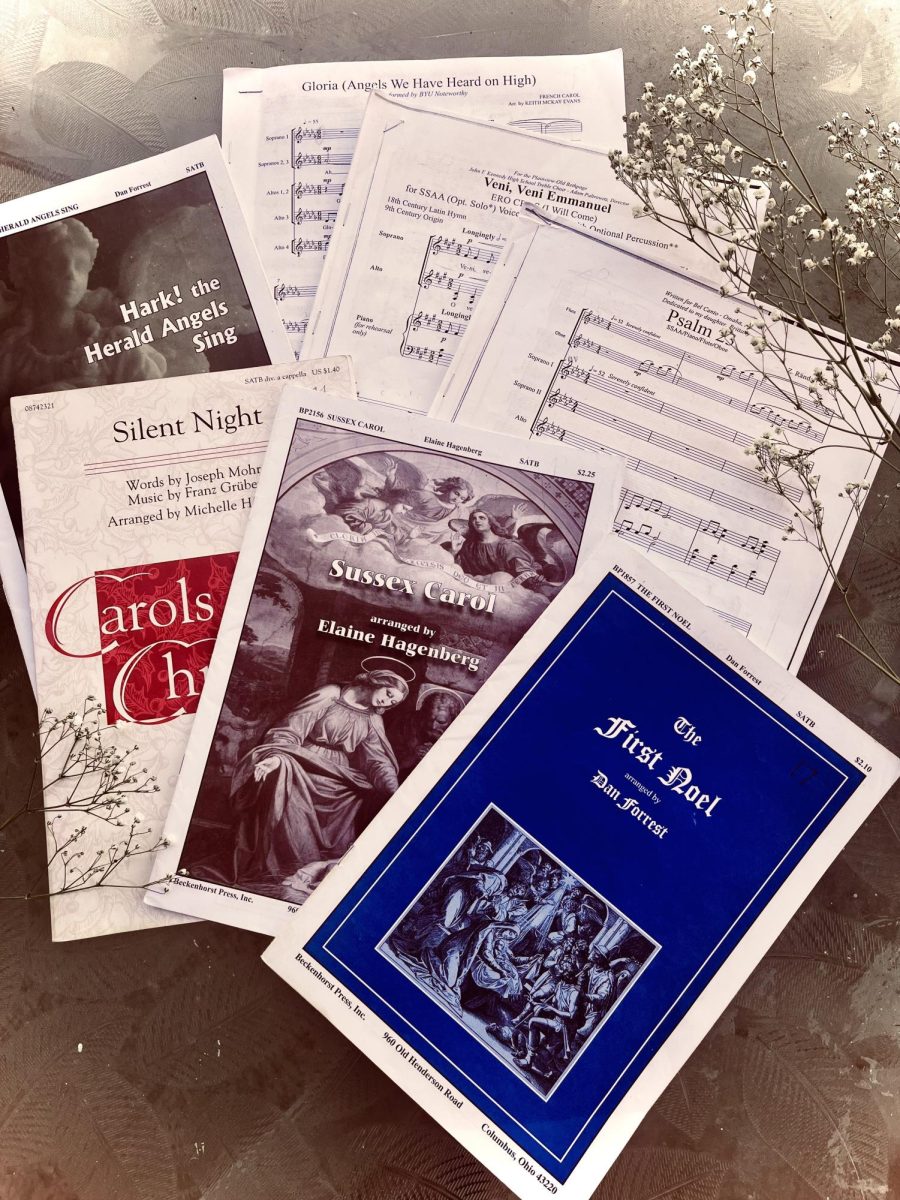

![[Episode 2] Fast fashion on the environment](https://ayalabulldogtimes.org/wp-content/uploads/2023/04/cover-art-1-900x900.png)




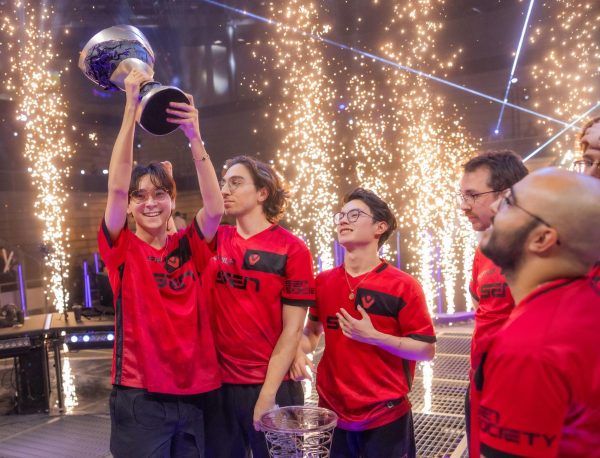


![[Photo Essay] What are the Bulldogs most used apps?](https://ayalabulldogtimes.org/wp-content/uploads/2024/05/Untitled_Artwork-23-600x441.png)
